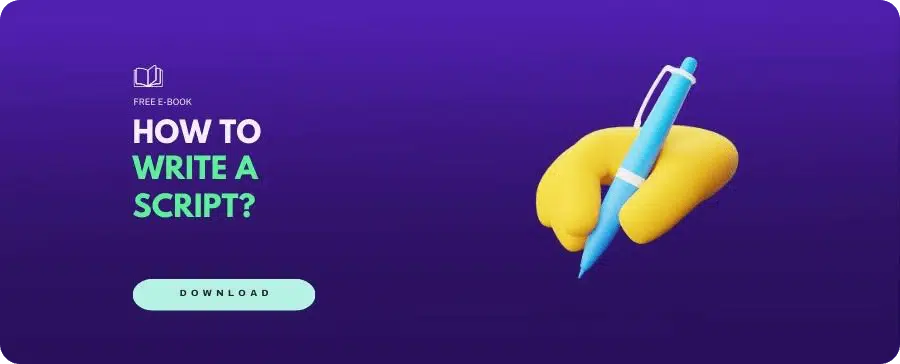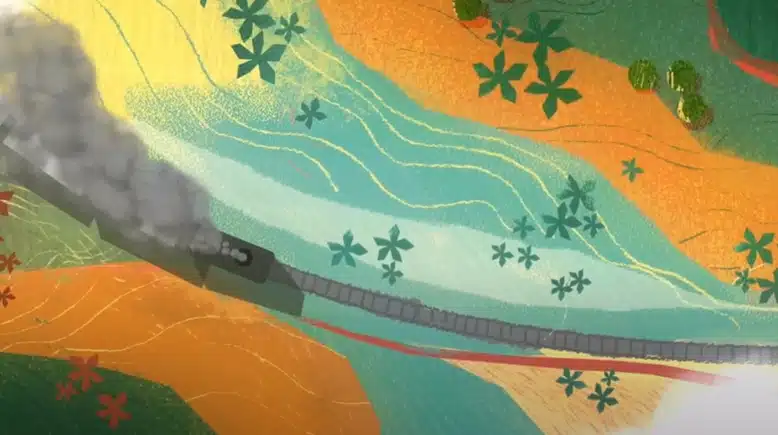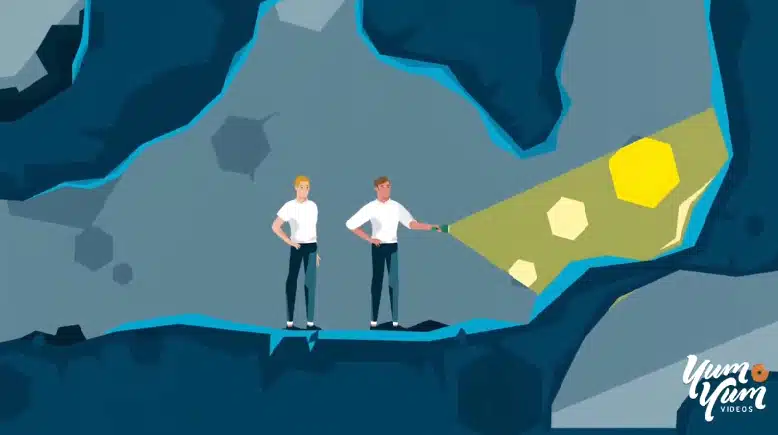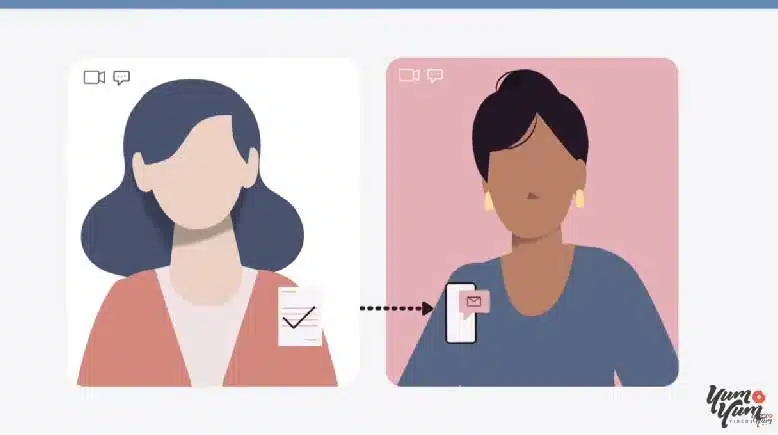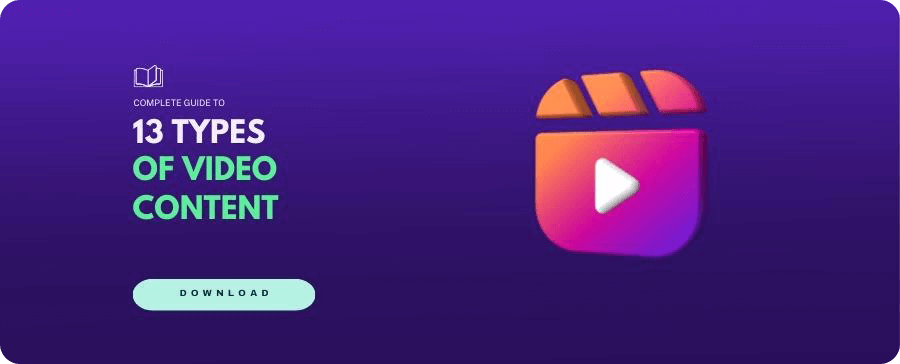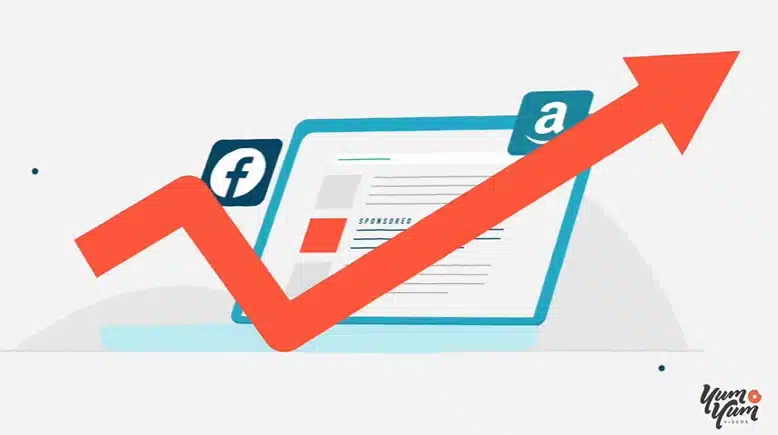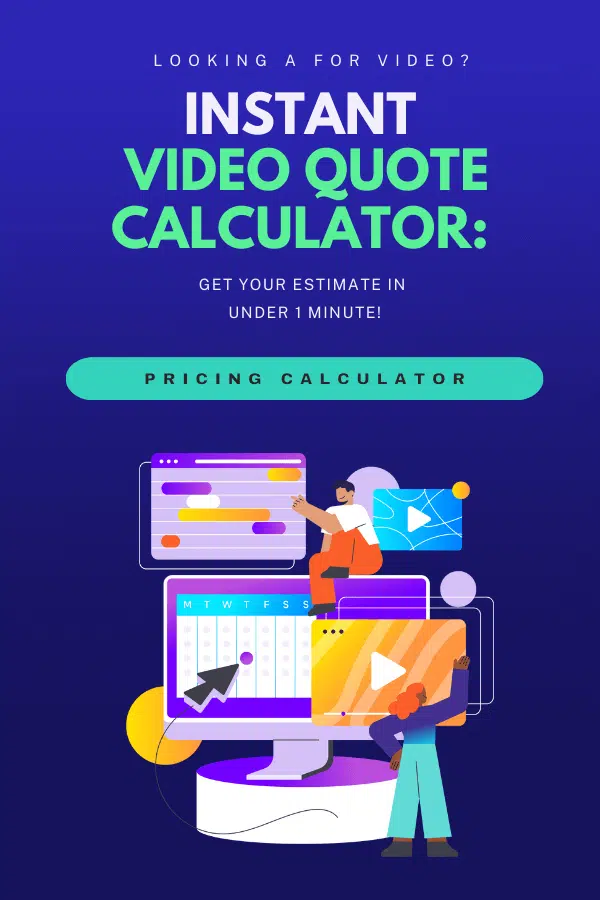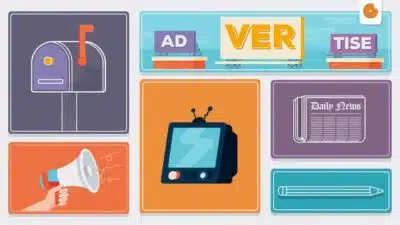How to Write a Killer Explainer Video Script! (Free eBook and Examples)
22/04/21
Author: Jesica Mraz
13 min reading
Video Production
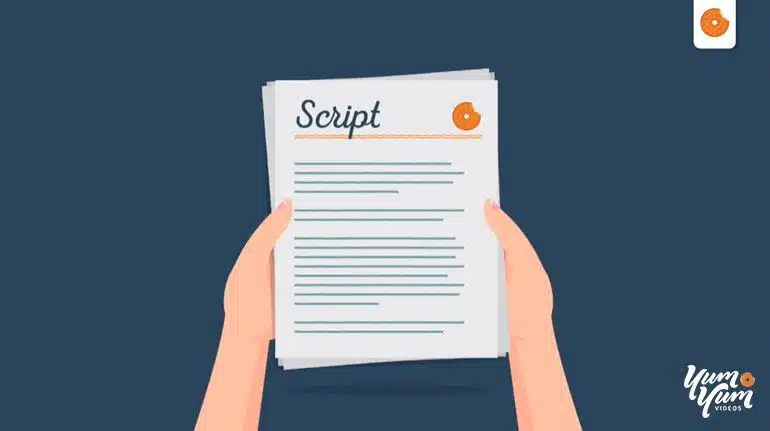
You know how wonderful explainer videos are. So, you want yours to be attractive, engaging, and ultimately effective, right? Then your first step is to focus on developing an explainer video script that’s clear, compelling, and highly persuasive! But how can you get to that point? Well, in today’s blog post, I will show you how to write an animation script from scratch and give you a template you can use as a guide! Join me! 😃
Table of Contents
Explainer Video Script: Some Key Concepts
Your script is made up of the message you want to communicate, and the dialogue or the voiceover telling the story. They’re the foundation of your piece and crucial elements to focus on during the early stages of the video production process.
An effective explainer perfectly balances the content (an engaging script) and the form (camera angles, animations, designs, music, sound effects, etc.). Since today we’re going to focus on the content, I think it’s important to remember that the core of the script is to convey how your product or service can help your target audience solve their specific problems.
So, I recommend you forget about your brand’s uniqueness and your product’s advantages for a minute and place your audience’s problems in the spotlight.
And if you are looking for free explainer video script templates, why not start with this eBook?
How to Write an Explainer Video Script
Now, we’re going to dive into some helpful tips for writing a compelling script. You will also find them in our free eBook “How to write a script,” along with some extra information on scriptwriting for explainer videos that I believe is incredibly helpful. Now, without further ado, let’s get started!
1. Start with a Creative Brief
Video content can be tailored to achieve different aims, so it’s a great idea to start your production process with a creative brief to determine your goals more easily.
A creative brief is basically a questionnaire designed to help you nail down a few general aspects of your video. It includes questions about your product or service, the message you want to convey, the goals of your piece, and any other important points or ideas.
There’s no template or set number of questions for a creative brief because every project is different. However, here are a few crucial questions I believe every creative brief should include, regardless of the project’s size or scope:
- What will be the central idea of your explainer video?
- What key benefit does your message, product, or service bring to the table?
- What makes your message, product, or service stand out from others like it?
- What branding elements characterize your company?
- What would you like the viewers to do after watching your video?
These five questions might not give you all the answers you’ll need for your video, but they’ll provide a good starting point to help you shape the early and middle stages of the production process and prevent unexpected changes in the explainer video cost.
2. Know Your Target Audience
Before producing your explainer video script, you should make sure to know your audience like the palm of your hand. This way, you’ll be able to build a strong connection between them and the story you’re telling.
So, I suggest you try to answer the following questions before you get started on your script:
- What does your ideal customer look like?
- How old are they?
- Where do they live?
- Where do they work?
- What do they do in their free time?
- Any other questions that might help you define them.
With this information in mind, you will be able to define your buyer persona and tailor your script according to their characteristics and expectations. Take your time and don’t rush this step it will be your guiding light throughout the whole video production process.
You might wonder what makes the buyer persona so important. Here’s what you should know. First, this persona will help you craft the characters in the later stages of production, particularly, when you have to make the storyboard. Secondly, your viewers will find those animated characters relatable, which will help you connect with them and increase trust in your brand. The result? More conversions and sales!
3. Follow the Explainer Video Script Structure
I’ve found that it’s best not to improvise when writing a script. If you follow the classical narrative structure (a beginning-middle-end logic), your script will be coherent and much more engaging. Using this structure as a template will also make the writing process easier.
When it comes to scriptwriting for explainer videos, the narrative structure follows the classical three steps but under slightly different names:
Act 1: The What
Explain to your audience what problem your company can solve for them. This will generate curiosity and interest in your video and encourage viewers to watch all the way through. Remember not to name or show your brand just yet. In this stage of scriptwriting, your sole focus is your target audience’s problem.
Take a look at this video script example to better understand what I mean:
Act 2: The How
At this point, you have to explain or show your viewers how your product can address their specific problem. This section usually starts when the brand logo shows up or when the brand is mentioned for the first time.
Act 3: The Why
Now’s the time to explain to your audience why they should choose you over your competitors. In this stage, describe your product features and main advantages. This is definitely the most “salesy” part of the explainer video script. It’s your big chance to persuade your viewers and showcase your uniqueness by detailing why your product or service is the best in the market.
Can you identify the three “acts” in this video script example?
4. Don’t Forget about the Story!
While the three-act structure gives you a fantastic framework for the early stages of developing your script, your video will live or die by the story you tell your viewers.
Stories are made even more enjoyable by the characters that tell them. So, start by creating characters that reflect your target audience! Then, place them in a situation that your viewers can relate to. This will give your product or service the opportunity to shine and become the story’s hero.
Lastly, inject some emotion into the story. Humor tends to be the go-to choice, but plenty of videos take a more personal and heartwarming approach to great success.
5. Mind Your Tone and Language
And while we are on the topic of emotion, I’d like to discuss the importance of keeping your tone and language consistent when scriptwriting for explainer videos.
In this context, “tone” might sound a bit abstract at first, but it just means making the whole script “sound” the same from beginning to end. If yours begins with a humorous approach, don’t suddenly become serious. Likewise, if you’re going for a more dramatic tone, don’t start cracking jokes out of the blue! Hard turns such as these will feel awkward and out of place, and your video will come across as disjointed.
Using the right tone and language will help you more accurately tailor your content to the right audience and increase its appeal. If young individuals make up your target, your approach should be more casual. Likewise, if you want to appeal to a highly knowledgeable audience, you should include terminology they’d be familiar with.
Just take a look at this explainer video script example and pay attention to the tone and language used to discuss such a delicate topic.
6. Maintain Your Explainer Video Script’s Focus
As you work on your script, providing lots of details or gushing about your product’s benefits might be tempting. However, you have to be strong and resist the temptation!
Keep your video’s focus on your message to make it more powerful and effective. Not to mention that this will also make it a lot easier to keep viewers engaged.
Remember that explainers aren’t meant to be long-winded lists of features or descriptions but optimized narratives that compellingly convey your message instead. If you try to cram too much information into a single piece, you’ll end up with a messy script that won’t help you accomplish your marketing goals.
7. Include Visual and Sound Ideas
Sounds weird, I know, but here’s the thing: as you work on your script, you’ll start picturing how certain scenes will accompany specific parts of your script. These wonderful ideas shouldn’t be left to be tended to later; hoping you’ll remember them all!
Make ample use of your text-processor’s comment tool and leave as many comments about visuals and sound cues as you can. While it’s true that most of them won’t make it to the final product as-is, they will be of great help during your creative process and nurture other ideas later down the line in the production process!
When you write about your main character, does a specific scene or image come to mind? Add a comment about it! Do you think a particular part of your script should use some type of music or sound effect to convey a specific feeling? Jot it down! No idea goes to waste when scriptwriting for explainer videos 😉.
8. Go Straight to the Point
Having fallen to 8 seconds, our attention span is now shorter than ever. Moreover, a video’s first 2.7 seconds are key to hooking viewers and keeping them from clicking away.
But what does this all mean for you? It means you have to be straightforward and compelling when communicating your message. That’s why the best piece of advice I can give you is to keep your script as simple as possible.
Don’t try to explain everything about your product or brand in a single 30-second explainer video. I know it’s tempting, but you can easily complement that short piece with other content (sales calls, blog articles, and more) and even make an animated video series!
Check out this explainer video script example and see how we’ve managed to explain how this product works without beating around the bush:
If you want more inspo for your script, I encourage you to check out our article about product video examples 😉
9. Keep It Short and Sweet
There is a strong connection between video length and engagement. If you want to keep your viewers hooked and have them watch until the end, your biggest challenge will be taking as little time as possible to deliver your key message. If it doesn’t take you more than 2 minutes, then you’re on the right track.
Based on our experience in scriptwriting for explainer videos, I believe that the optimal length is 90 seconds.
However, you might ask yourself: “but then how do I know how long my video script should be?” Well, if 160 written words represent one minute of audiovisual content and you want a 90-second video, you’ll need 240 words for your script. Simple!
10. Include a Clear CTA
Last but not least, you must nudge your viewers in the right direction after watching your video. Whether it’s subscribing to your channel or newsletter, downloading a free resource, requesting a demo, or sharing on social media, you need to tell them to do it.
So, include a simple, clear, and irresistible Call To Action (CTA) to help them understand what you expect from them.
An important rule of scriptwriting for explainer videos (or any other type of video for that matter) is to include a single Call To Action to avoid any potential confusion. If your video marketing strategy requires different CTAs, I suggest you make different versions of the same video with a different CTA in each one.
Take a look at the Call To Action in this explainer video script example:
Explainer Video Script: Bonus Round!
You’ve learned plenty about how to write a script today, but let me give you some additional considerations to ensure your success:
- Discuss benefits, not features: Always remember that your script should be all about your target audience’s problems. I know I’ve mentioned this before, but it doesn’t hurt to repeat it once more: by talking about benefits instead of features, you’ll avoid sounding too “salesy.” My favorite trick to achieve this is to turn each feature into a clear and “tangible” benefit for the customer.
- Find the right tone: Your video’s tone should resonate with your target audience. So, tailoring your narrator, cast, pace, and dialog type will ensure your message gets across successfully.
- Add a dose of humor: Adding a touch of humor to your script can make it more fun and increase shares. A word of advice, though: if humor does not fit with your story or your message, don’t force it.
How We Can Help with Your Explainer Video Script
While you can make a script on your own and get a good first draft, I always recommend that you let a professional explainer video production company take care of the rest.
I know what you’re thinking, “that’s what they all say 🙄.” But hear me out. These animation companies have been providing scriptwriting services for years. So, they have the experience, tools, and skills to produce a high-quality, engaging, and memorable script.
Here, at Yum Yum Videos, we have over a decade of experience developing custom explainer video scripts for our clients. We always keep a close eye on the important details and make sure the final piece meets the highest industry standards. This way, we can ensure a solid base from which to create an excellent video that hits all of your marketing goals.
If this sounds like something you’d be interested in, don’t hesitate to reach out. We’d love to hear your ideas and see how we can help!
Wrapping Up
Your explainer video script is one of the most important elements to consider during the video production process. For this reason, it’s crucial to set your video up for success by focusing on making a great script.
It will require dedication, focus, and great attention to detail, but today I’ve shown you some of the secrets to ensure the best marketing results for your piece. Nowadays, there are also AI explainer video tools that can help you write a decent script draft. But don’t miss my complimentary tips on writing a script to get a perfect explainer video for your company! Now you can start working on your next script. Good luck! 😃

